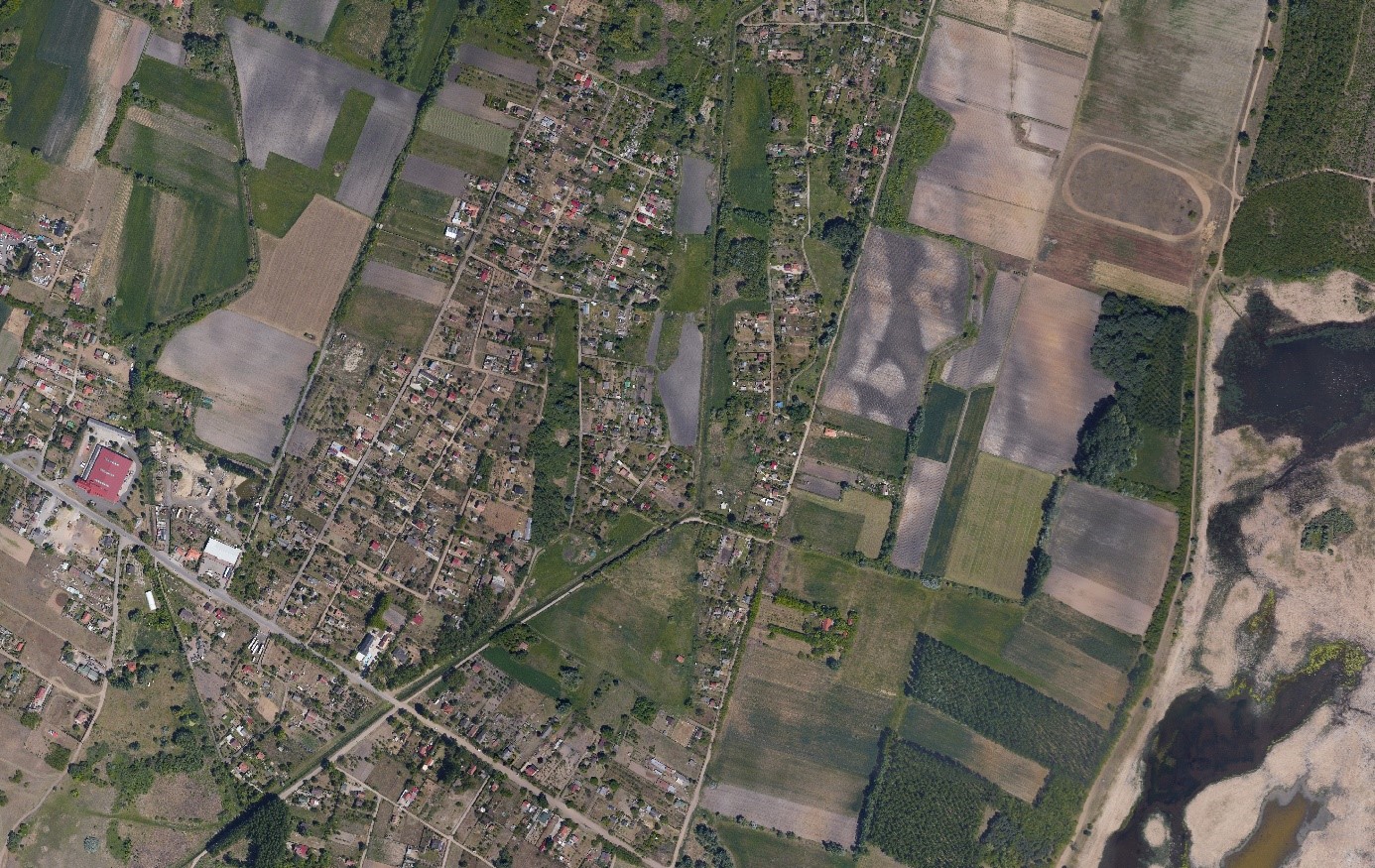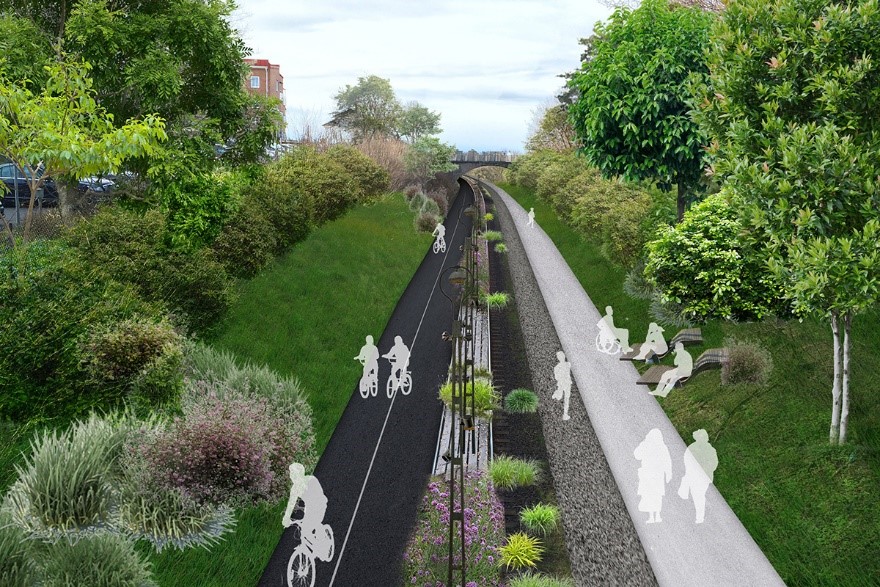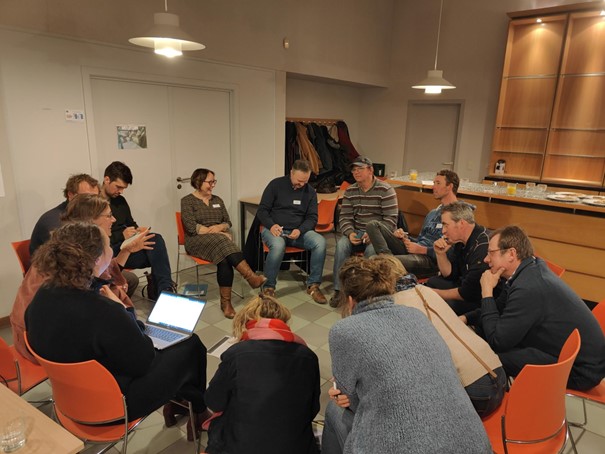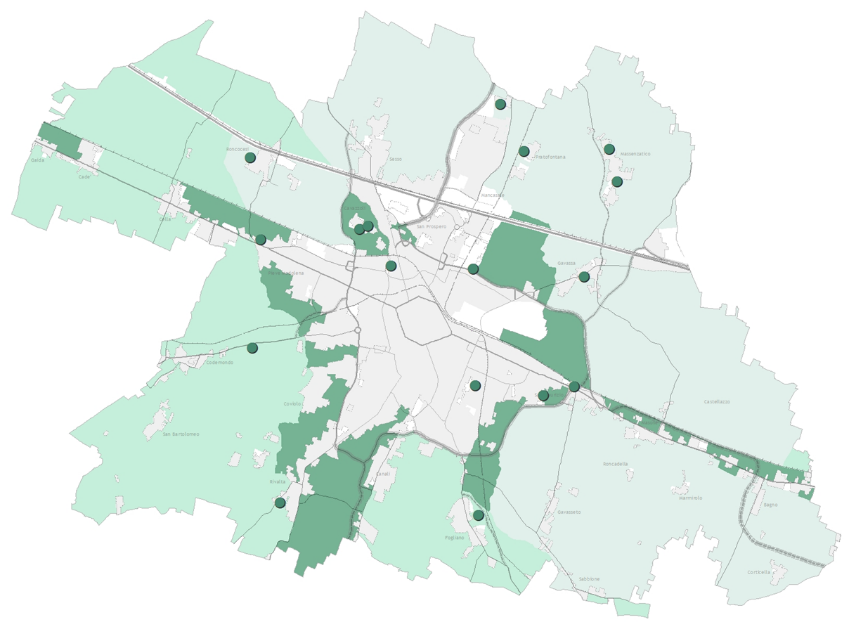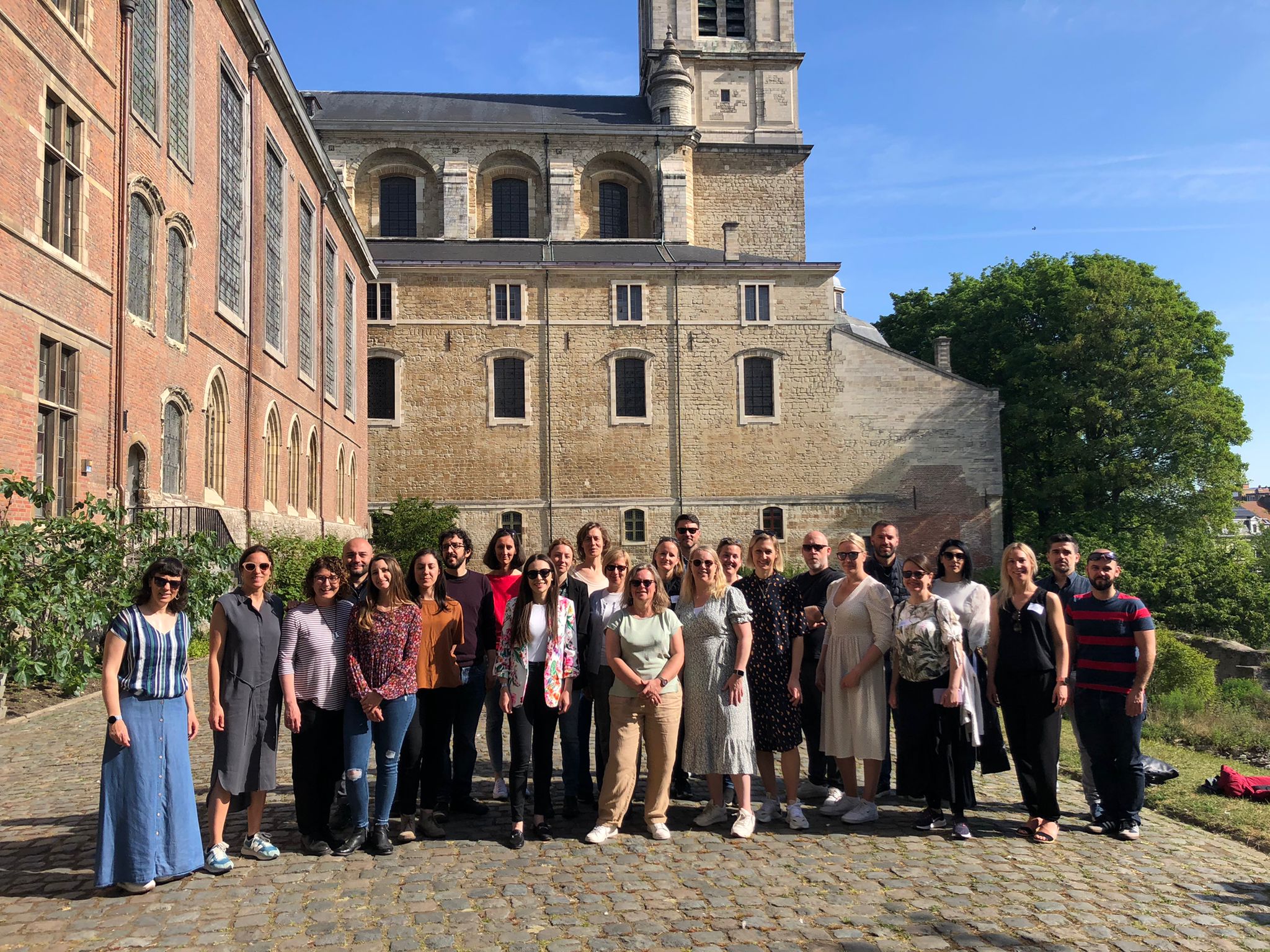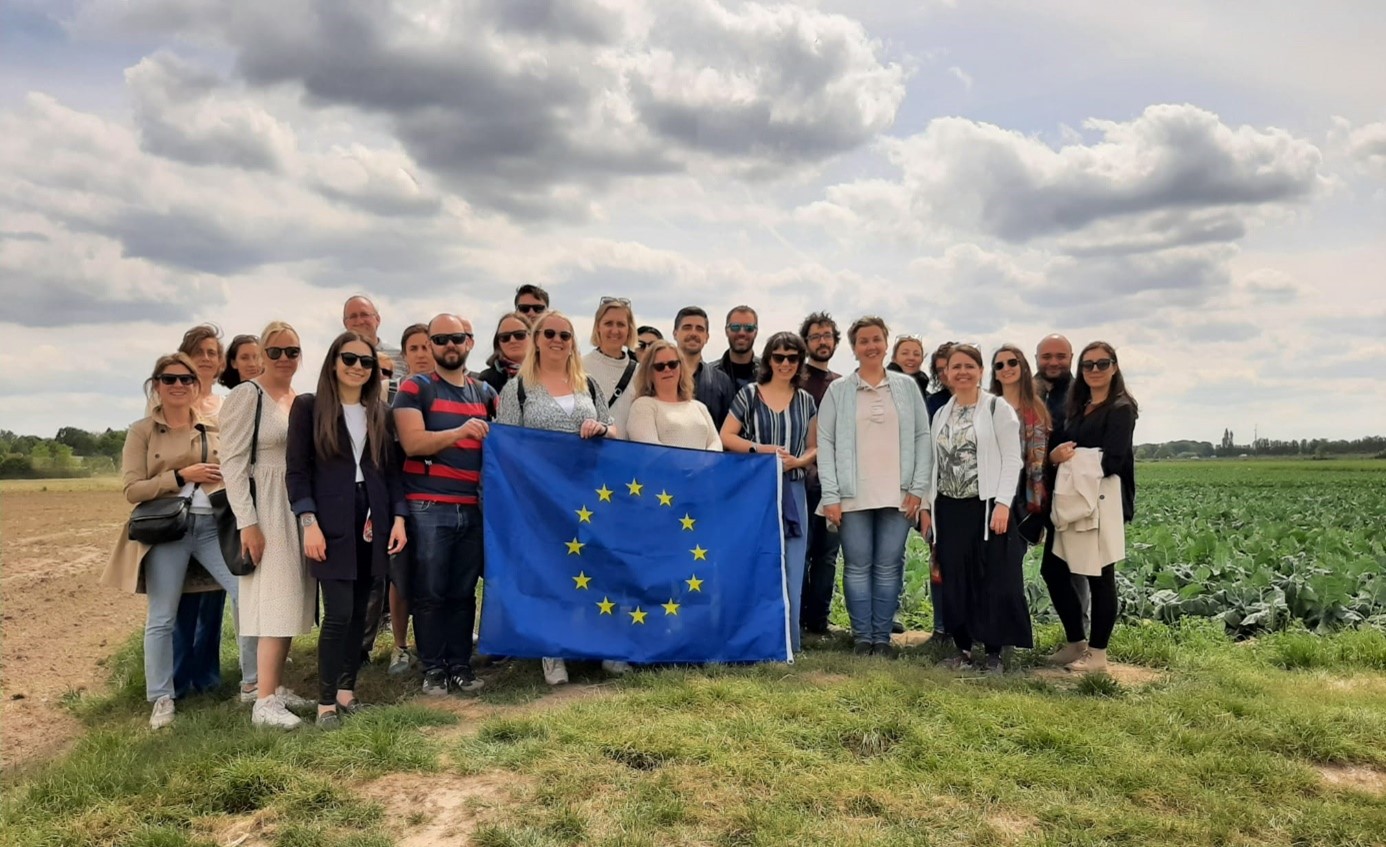Here you can watch the video-interview with Katalin Nagy, environmental protection officer and deputy head of Green Area Department of the Municipality of Debrecen:
'All four good practices of the City of Reggio Emilia were really exciting, interesting and thought-provoking for me. Especially as they are science-based and practical, they require and implement real collaboration and the involvement of wider range of society.
If one of the four were to be highlighted, good practice about urban afforestation was the most interesting to me. Especially because the City of Debrecen also plans to implement an afforestation program of a protected forest nature as a pilot project within the framework of LIFE IP Hungary. On the other hand, it is also an important topic because in the City of Debrecen it is a key issue how to effectively involve social actors in urban greening programs. This good practice about urban afforestation in the City of Reggio Emilia is also very interesting because besides improving air quality, the primary objective is to help the city adapt to climate change. It proves that the Italian afforestation sites were based on a study by the University of Venice that maps the urban heat islands. This is a new aspect and I think it is also an interesting strategic issue for us to build on it later. The other very inspiring thing is that local residents were involved in the process of assigning areas, their needs were assessed about where they wanted more green areas and more shady places. These are all aspects that Debrecen will later consider regarding its own urban afforestation programs, which I think will make it possible to create urban green spaces that have a positive impact on both health and the environment, but also on social aspects. In terms of good practice, even the involvement of socio-economic actors was an important element that can be exemplary for us as well. This is good because local businesses can also enforce their social responsibility.
So, I think that all in all, the City of Debrecen can draw a lot from this good practice for its later urban afforestation programs.'


